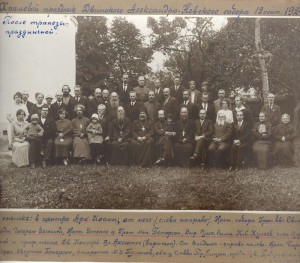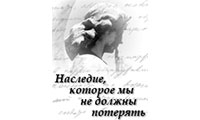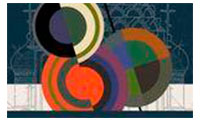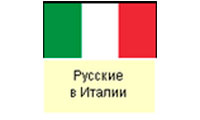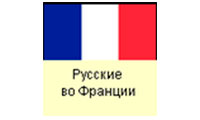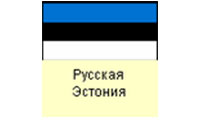The Old Believers of Riga
Arnold Podmazov
Pomorian Old Believer Traditions of the Art of Copper Casting
Besides painted icons, Old Believers also revered icons cast in copper which from ancient times were seen as artefacts “purified by fire” (hence, “not made by hands”). Copper crosses, icons, and folding icons were widespread in Russia already since the 10th century. At first old Russian craftsmen copied Greek models, but gradually they developed their own special way of copper casting different from the Byzantine one. New themes have emerged: e.g., the holy “demon-fighters” who protected people from evil powers (Martyr Nicetas, Great Martyrs George, Demetrios of Thessaloniki, Archangel Michael).
In 1722, Peter the Great issued an Ukase, prohibiting to use cut and cast icons in churches and private homes. But, in spite of this prohibition, copper crosses and folding icons, so much revered among people, continued to be produced among Old Believers.
The flourishing of copper casting in the 18th century is closely tied to the workshops of the Vyg Community, which saw the creation of unique artworks characterized by their lightness and refinement, a remarkable purity of the casting, reflecting the most minute details of an icon. But the main distinguishing trait of these casting techniques were the fire-gilding and bright glass-like enamels that adorned many crosses, folding icons and icon pendants. Icons were cast in various sizes: from small, portable icon pendants, which were worn around the neck, to large processional icons for use in the church service.
Since the 1990s the Riga Grebenshchikov Community has been operating the only Old Believer workshop for copper casting in the Baltic States. Following ancient technologies, it produces crosses and icons of different sizes according for private commissions, as well as for the churches. Today, among expert craftsment who continue their labours at the workshop are Ivan Malikov, who makes cast crucifixes and icons depicting diverse subjects, and a red wood carpenter Grigory Yuriev who frames icons in wooden icon cases.
Content
- Introduction
- Schism and “Old Belief”
- Beginnings of the Old Believers on the territory of Latvia
- Confessional Characteristics of Old Believers in Latvia
- Old Believers’ Church Building and Liturgy
- Books and Book Culture
- Iconographic Traditions of Riga Old Believers
- Pomorian Old Believer Traditions of the Art of Copper Casting
- Old Believer Churches in Riga
- Old Believer Societies in Riga
- Old Russian Residents of Riga and Old Believers in the 18th century
- The Years of Prosperity and the Years of Misery: Riga’s Old Believers in the 19th Century
- Riga Old Believers at the Turn of 19th and 20th Centuries
- Riga Old Believers in the Independent Latvia (1918–1940)
- Riga Old Believers During the Soviet Period (1940–1941, 1944–1991)
- Riga Old Believers after the Restoration of Latvia’s Independence
- Photogallery
- About the Project. The Old Believers of Riga: 250 Years of Cultural Historical Experience


